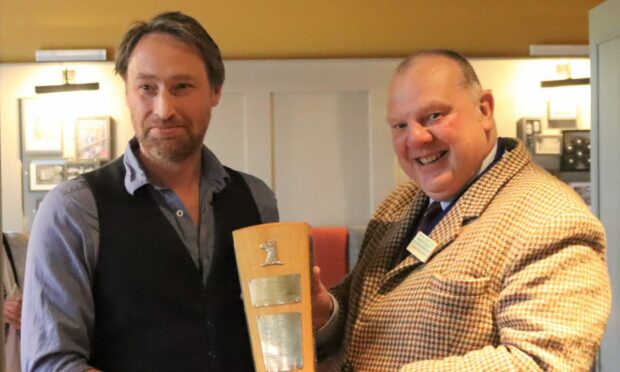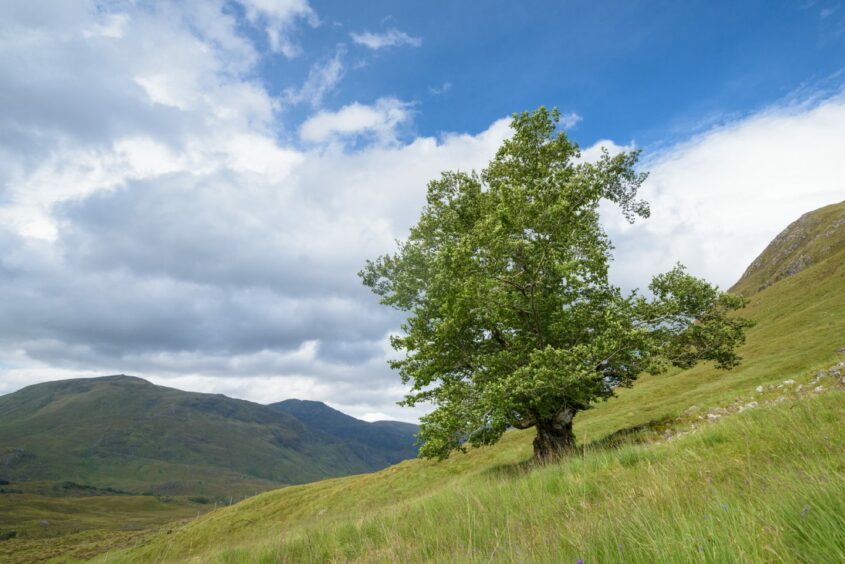An award winning article from an Inverness lecturer has prompted plans to help restore elm tree populations in Scotland.
Original research on the Dutch elm disease has helped to bring about plans with the Royal Botanic Garden Edinburgh to help protect elm tree populations.
Lecturer at the Scottish School of Forestry and researcher at UHI Inverness, Euan Bowditch recently received an award for a research paper on elm conservation in Scotland.
Written with co-author Elspeth MacDonald, the paper was published in summer 2021 in Scottish Forestry.
It has since been awarded the Sir George Campbell Memorial Trophy for the best professional paper published in the journal in 2021.
Picked by a panel of three judges, the research paper was described of being of “international importance”.
‘Fascinating work to restore iconic elm species’
It has brought about a project in collaboration with the Royal Botanic Garden Edinburgh and will be looking at finding the more “resilient individual” elms and propagating new populations from them.
Mr Bowditch said: “The paper looks at our current knowledge of the elm species.
“It asks if there are any healthy elm populations still thriving, where the biggest impact of Dutch elm disease is, and where the disease is going, because it is obviously still travelling across the Highland landscape.
“It suggests looking at surviving and healthy individuals that are in hard-hit areas further south, spreading Dutch elm disease since the 1960s, and identifying those individuals and looking at ways that we can introduce resilience and restore elm to the landscape.”
He added that by connecting other organisations interested in the subject, collaborations with organisations can increase the capacity to undertake larger projects in the area of elm restoration.
Scottish Forestry editor, Gavin McGregor, said: “We were delighted to publish work of the quality and influence of Euan and Elspeth’s article detailing the fascinating work being done to restore and preserve our iconic elm species.
“The society’s educational mission of sharing knowledge and experience among forestry and woodland professionals and the wider public is greatly enriched by our relationship with writers of such expertise.”


Conversation